You mentioned predictability, efficiency and patient communication—these seem to be key aspects. Do you think that digital workflows allow you to treat more patients in the same amount of time?
Yes, I know what you mean, and theoretically, digital workflows could enable me to treat more patients in the same amount of time. For example, scanning is much faster than taking conventional impressions, and many other steps are also more streamlined. However, that’s not really my goal. I don’t want to give the impression that we’re rushing through treatments just because we can save time. Instead, I use this efficiency to focus more on precision and on the finer details of my work. It makes the experience more comfortable—not only for the patient but also for my team and for me. Ultimately, digital dentistry allows us to provide high-quality care without the stress and time pressure that often come with traditional methods.
Technology is evolving rapidly in the dental field. Which digital tools or systems have had the biggest impact on your daily workflow, and how have they improved efficiency in your practice?
Definitely the intra-oral scanner—it has had the biggest impact on my daily workflow. I always say that everything starts with a scan. We can complete it in just a few minutes, and it can easily be delegated to team members, improving efficiency across the board. For patients, the scanning process is quicker and much more comfortable than conventional impressions. It also enhances the quality of my treatment planning.
On top of that, we now have platforms like DS Core that allow us to work on the cloud. We can store and access all relevant patient data in one place—not just intra-oral scans but also photographs, CBCT scans and radiographs. This integrated approach leads to more-predictable treatments and significantly improves patient communication.
You mentioned this cloud-based system earlier—could you tell us a bit more about DS Core and the advantages of working directly on the cloud?
Yes, I’ll answer this in two parts. First of all, when we talk about working cloud-native, it means that we have a scanner that connects directly to the cloud. That’s incredibly convenient for us because we no longer need locally installed software in the practice. Older systems, like the first-generation scanners, required dedicated software installed on a specific computer. Now, that’s no longer necessary. We scan directly to the cloud using just the scanner and any internet-connected device—whether it’s a laptop, an iPad, a desktop PC or even a device integrated into the treatment centre. It’s all browser-based, so we can use Google Chrome, Microsoft Edge or any other standard browser.
This flexibility allows us to scan from anywhere in the practice. We can perform a scan in one room, move to another for the next and even hand over the scanner to a team member. It makes the workflow smoother and helps us get much more value out of the scanner—more scans, more flexibility and all patient data stored centrally in DS Core.
Now, DS Core itself is more than just a storage platform. What makes it special is that it can bring together data from multiple sources—intra-oral scans, photographs, CBCT scans and radiographs—even from other systems, making it a comprehensive patient information hub. The dentist can use this data to plan treatments—whether single crowns, a bridge or aligner therapy with visualisation tools like the SureSmile Simulator—and to explain treatment plans to patients or to collaborate with colleagues.
Looking ahead, working with cloud technology creates virtually endless possibilities. We’re no longer limited by the storage or processing capacity of a single computer. That means that we can expect even more developments in the future that will make our work in the practice more efficient—and more enjoyable.



 Austria / Österreich
Austria / Österreich
 Bosnia and Herzegovina / Босна и Херцеговина
Bosnia and Herzegovina / Босна и Херцеговина
 Bulgaria / България
Bulgaria / България
 Croatia / Hrvatska
Croatia / Hrvatska
 Czech Republic & Slovakia / Česká republika & Slovensko
Czech Republic & Slovakia / Česká republika & Slovensko
 France / France
France / France
 Germany / Deutschland
Germany / Deutschland
 Greece / ΕΛΛΑΔΑ
Greece / ΕΛΛΑΔΑ
 Hungary / Hungary
Hungary / Hungary
 Italy / Italia
Italy / Italia
 Netherlands / Nederland
Netherlands / Nederland
 Nordic / Nordic
Nordic / Nordic
 Poland / Polska
Poland / Polska
 Portugal / Portugal
Portugal / Portugal
 Romania & Moldova / România & Moldova
Romania & Moldova / România & Moldova
 Slovenia / Slovenija
Slovenia / Slovenija
 Serbia & Montenegro / Србија и Црна Гора
Serbia & Montenegro / Србија и Црна Гора
 Spain / España
Spain / España
 Switzerland / Schweiz
Switzerland / Schweiz
 Turkey / Türkiye
Turkey / Türkiye
 UK & Ireland / UK & Ireland
UK & Ireland / UK & Ireland
 Brazil / Brasil
Brazil / Brasil
 Canada / Canada
Canada / Canada
 Latin America / Latinoamérica
Latin America / Latinoamérica
 USA / USA
USA / USA
 China / 中国
China / 中国
 India / भारत गणराज्य
India / भारत गणराज्य
 Pakistan / Pākistān
Pakistan / Pākistān
 Vietnam / Việt Nam
Vietnam / Việt Nam
 ASEAN / ASEAN
ASEAN / ASEAN
 Israel / מְדִינַת יִשְׂרָאֵל
Israel / מְדִינַת יִשְׂרָאֵל
 Algeria, Morocco & Tunisia / الجزائر والمغرب وتونس
Algeria, Morocco & Tunisia / الجزائر والمغرب وتونس
 Middle East / Middle East
Middle East / Middle East
























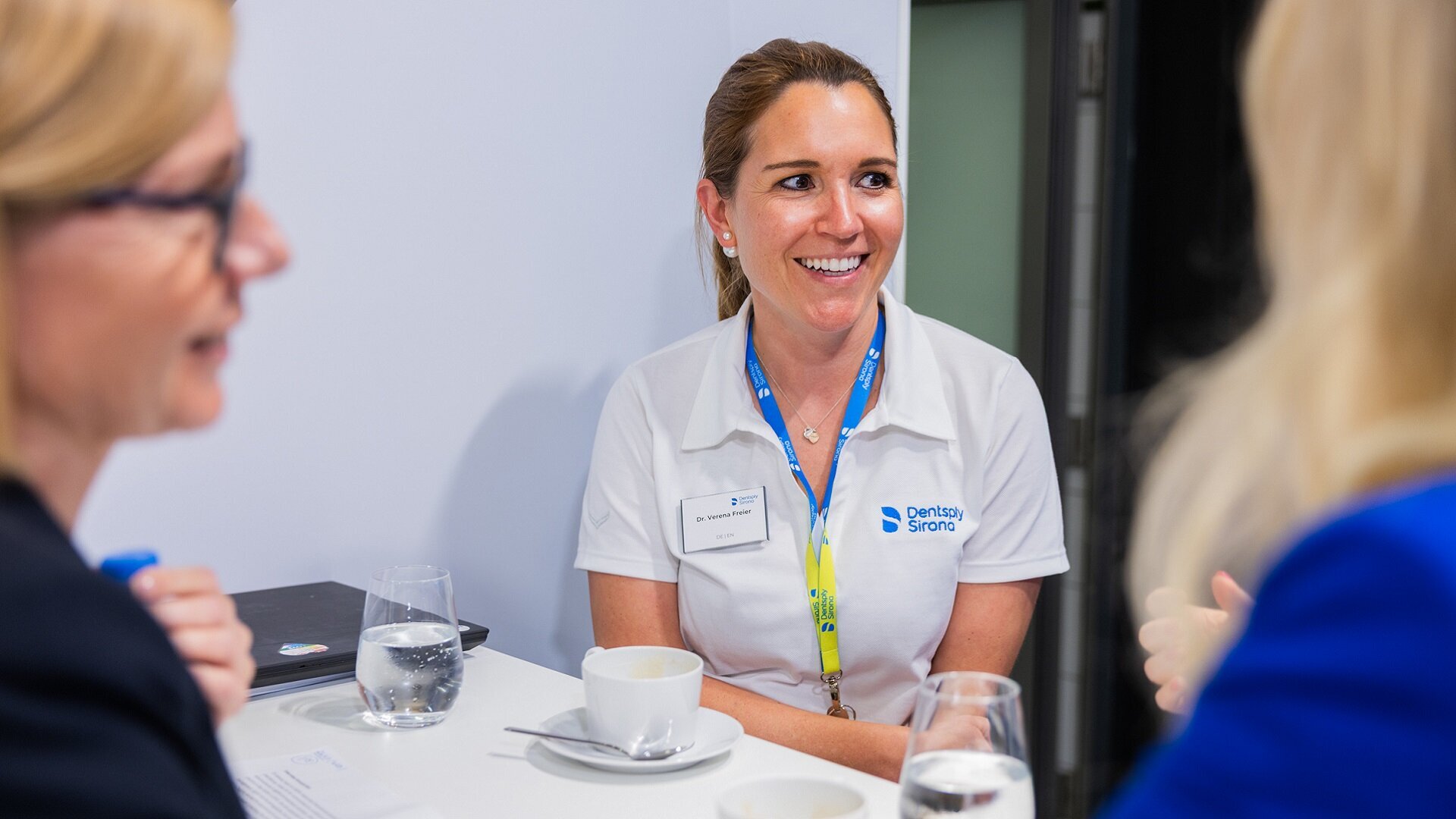

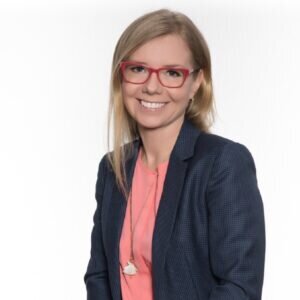
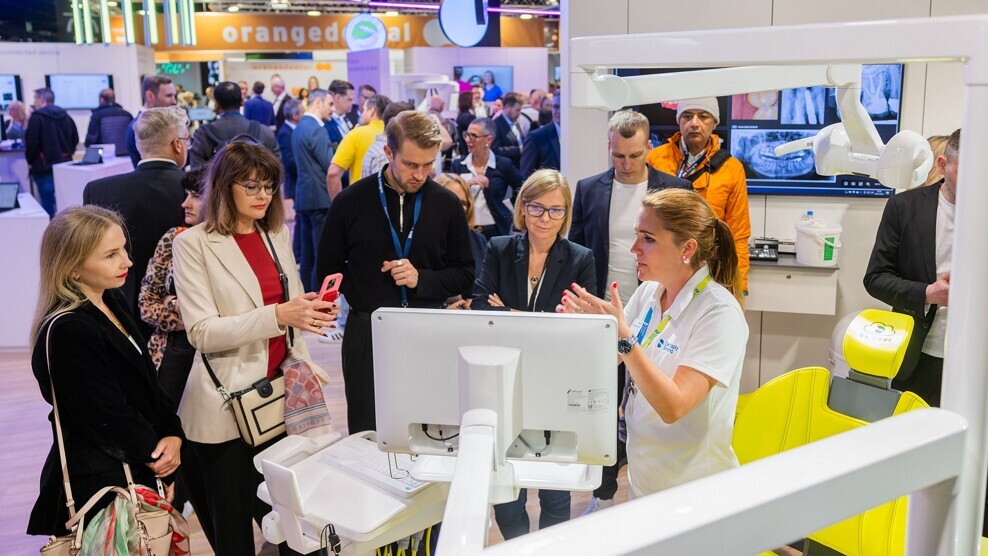
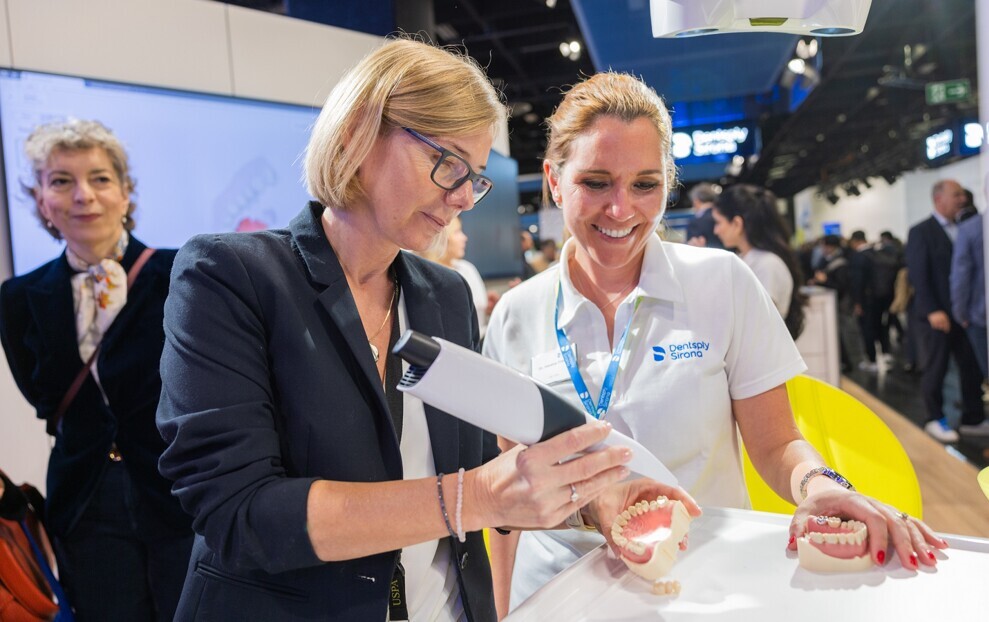
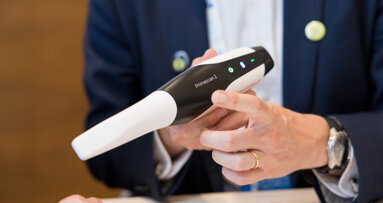
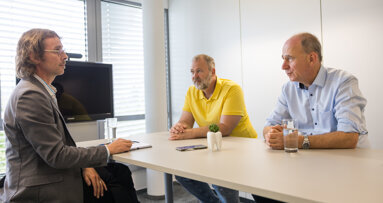
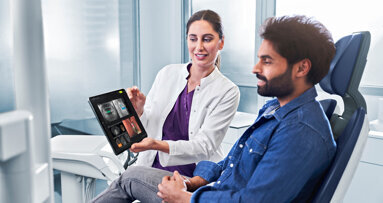






To post a reply please login or register